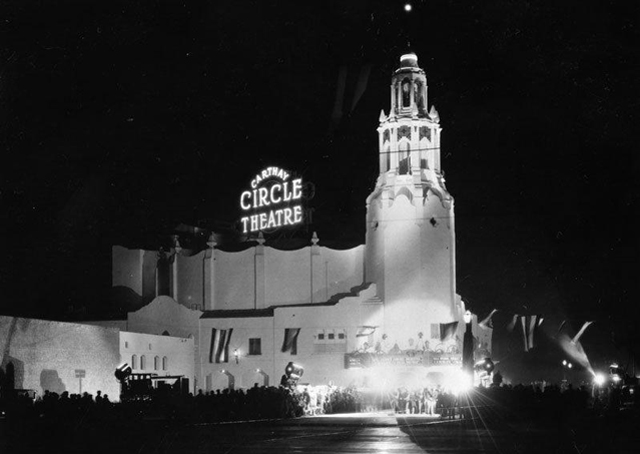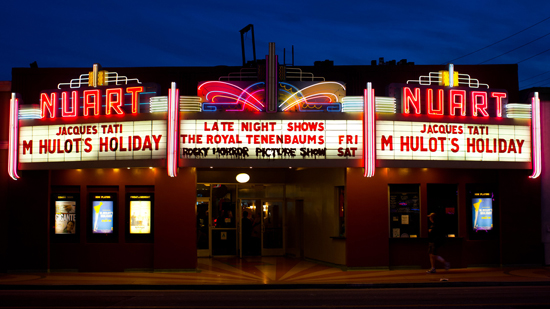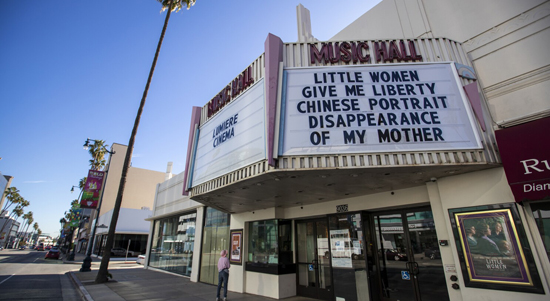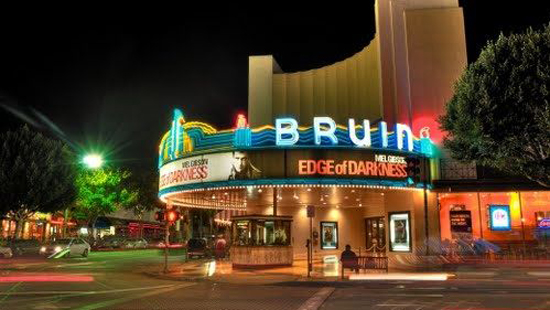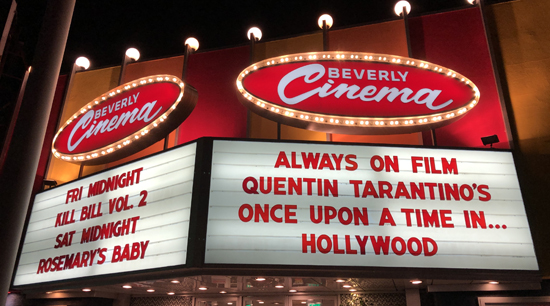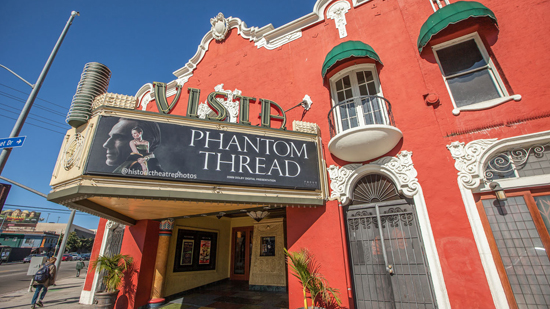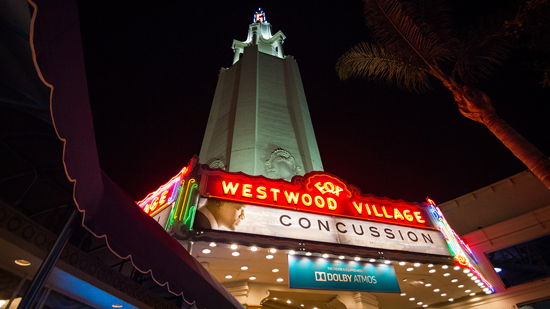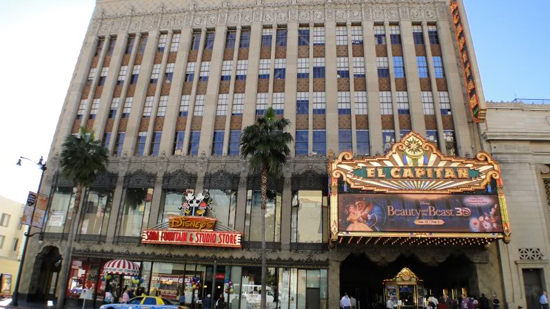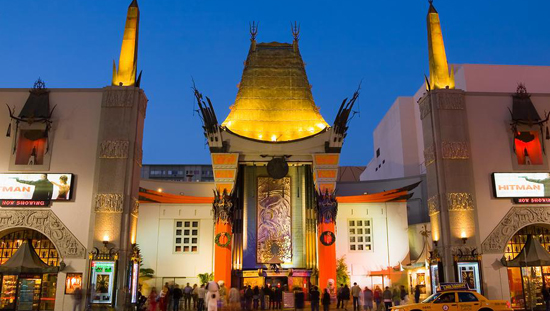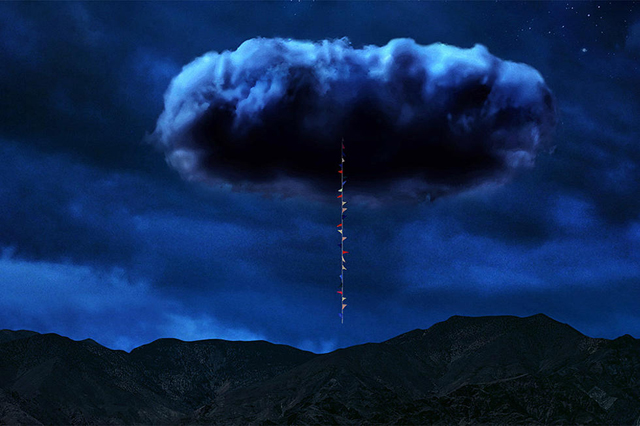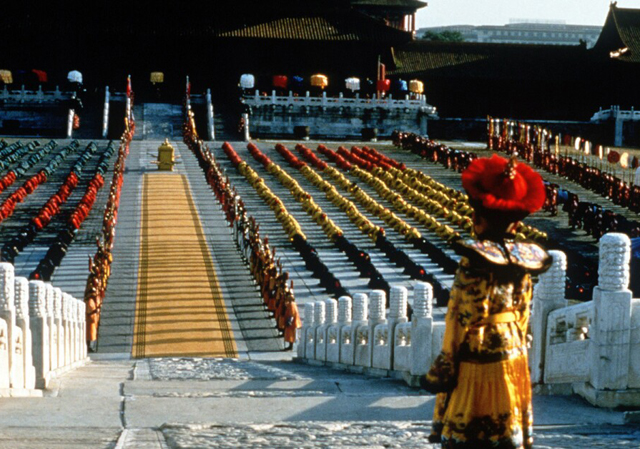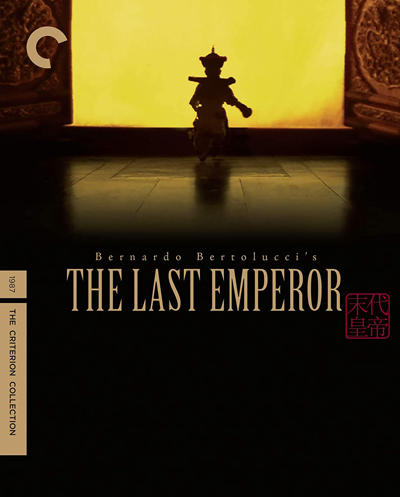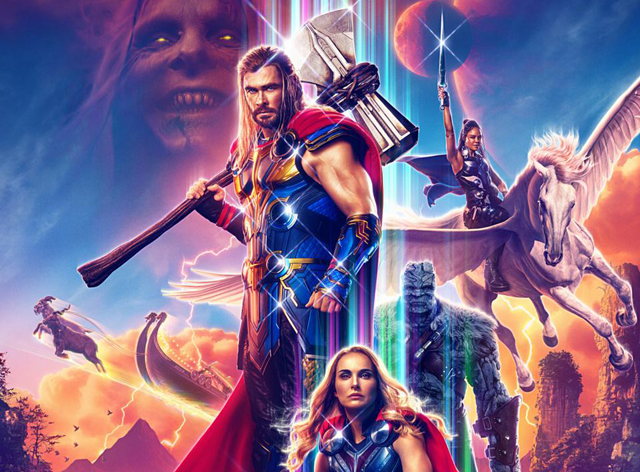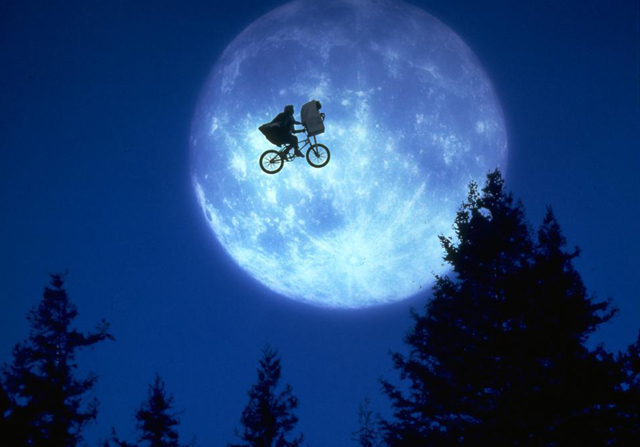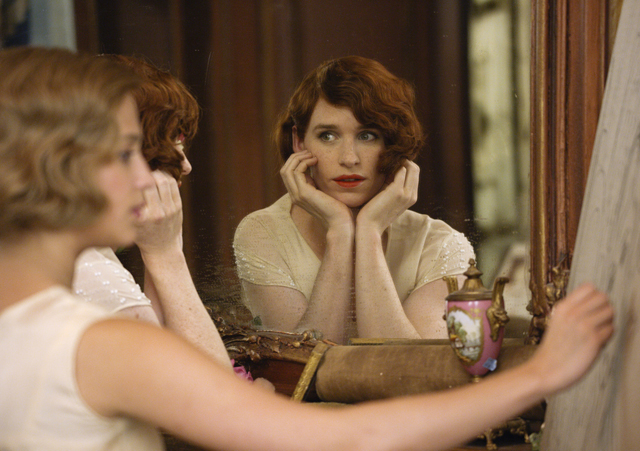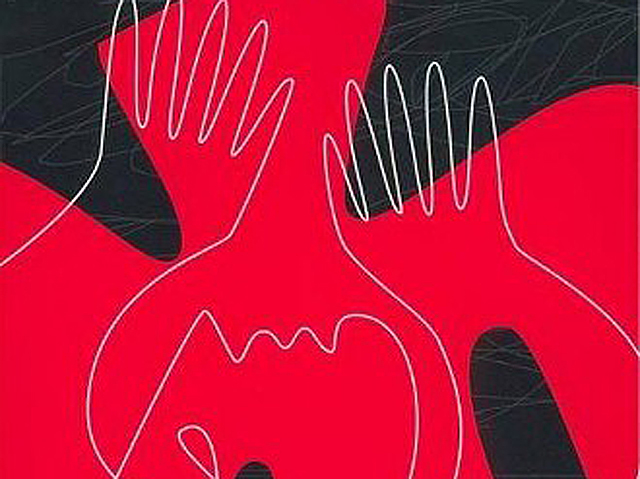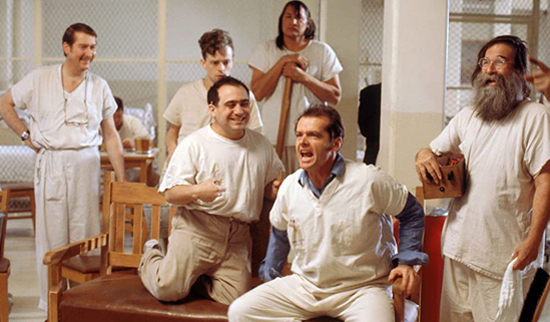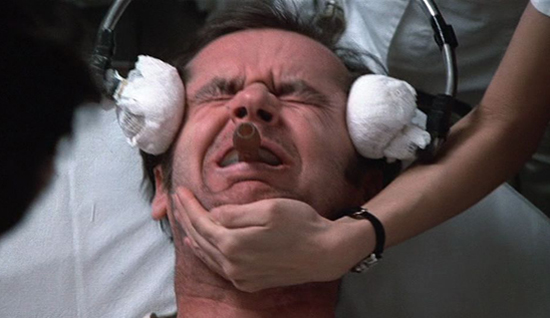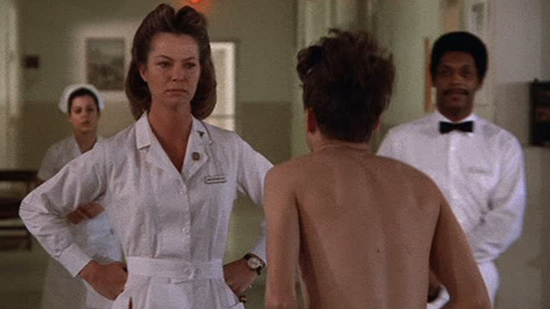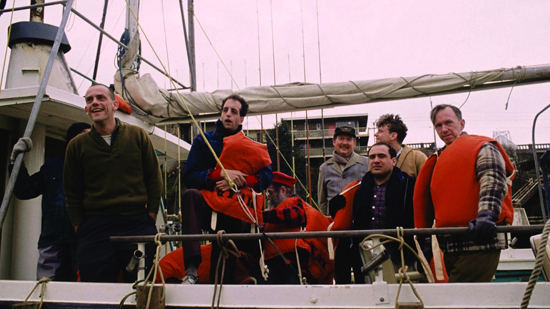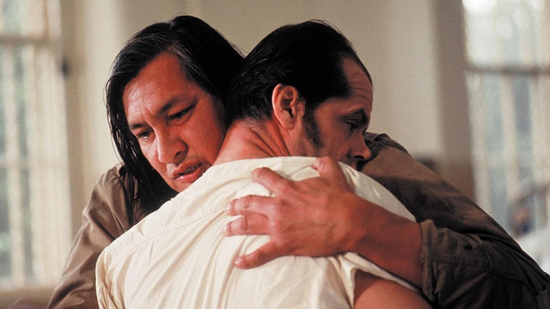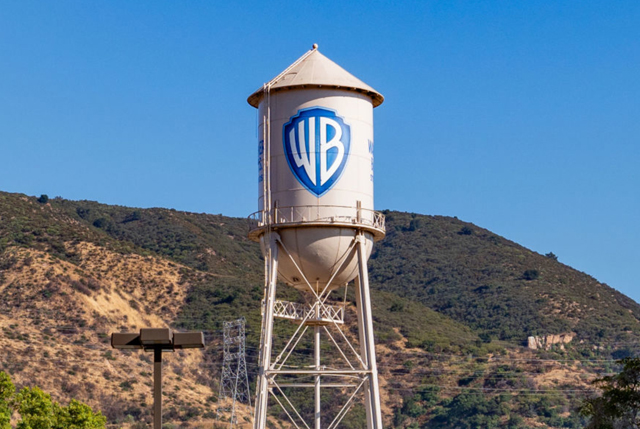
There’s so much to say about Warner Brothers as an institution of the movie making machine that is Hollywood. Founded in 1923 by the namesake brothers, Albert, Harry, Sam and Jack, Warner Brothers grew out of it’s humble beginnings as a small production outfit in the San Fernando Valley outside of Hollywood to become one of the biggest names in entertainment. Though Warner Brothers made movies of every type, they were best known for their Westerns and Gangster flicks, and for curating a stable full of some of the biggest movie stars in the world, including Humphrey Bogart, James Cagney, Bette Davis, Errol Flynn and Olivia DeHaviland. They were also famous for their animation department which created the popular Looney Tunes characters, including Bugs Bunny who was second only to Walt Disney’s Mickey Mouse in popularity around the world. As the years rolled on and the Warner brothers themselves began to leave the business, the WB studios would carry on building their portfolio with numerous successful intellectual properties. One of their most lucrative acquisitions was DC comics, which gave them exclusive rights to the characters of Superman and Batman, both of whom have appeared in a number of Warner projects over the years. In addition, Warner Brothers has expanded to acquire the properties of Hanna Barbara Animation, as well as expanding their reach in distribution through the development of cable services like HBO and Cartoon Network. Add to this recent high profile franchise like The Lord of the Rings and Harry Potter, and Warner Brothers has continued to maintain it’s foothold as one of the giants of Hollywood. But, even through the years of building up their library with noteworthy titles, the studio itself has gone through growing pains that have been pretty dire.
Like most other studios in Hollywood, Warner Brothers has had to rely upon survival through ownership by larger corporate conglomerates. Jack Warner, the last of the brothers to have ownership of the studio, sold to the production company Seven Arts Productions as part of a merger upon his retirement. The partnership continued under the name Warner Communications, and achieved success during the 60’s and 70’s with popular edgy films like Bonnie and Clyde (1967), A Clockwork Orange (1971) and Th Exorcist (1973) to name a few. In 1989, media mogul Ted Turner put in a bid to merge his Turner Communications empire, with brands like TBS, TIME, and CNN involved, with Warner Brothers and thus began the era of Time Warner. The nearly 12 billion dollar deal at the time was seen as alarming to many, including other rival studios. Viacom, the owners of Paramount Pictures, even filed a complaint to the SEC in order to stop the merger. But, the lawsuit failed and the Time Warner merger was finalized. This helped Warner Brothers gain a foothold in the growing market of cable television, allowing Ted Turner to distribute all the numerous titles in the Warner library across his many networks. He even created Turner Classic Movies as a way of giving fans of the classics a place to watch their favorite films without commercial interruption. But, as time went on, we would see that this wouldn’t be the last time that Warner Brothers would become part of another merger. In 2018, Time Warner was bought by communications giant AT&T, who became the new stewards of the vast library of Warner Media. During AT&T’s tenure, the focus went into following the rise of streaming services, with the goal being to create a streaming platform based on all the Warner Brothers properties that could compete with established titans like Netflix and Amazon. That big push itself became a costly venture that in many ways led to the very next merger in Warner Brother’s future.
The streaming wars began to heat up in the fall of 2019, with the launch of Apple TV+ and Disney+. Warner Brothers still had a bit more time to get their platform ready to compete, but they were hopeful that they had the library material that could immediately draw in subscribers. Utilizing their very valuable HBO brand, the platform HBO Max debuted in May of 2020, right in the midst of the Covid pandemic lockdown that was forcing most of the population to stay at home. Though there was no doubt that the Warner Brothers library, which included everything throughout their history from movies to television shows, would give subscribers plenty of viewing options to choose from, the entry price itself became a bit of a hard sell for many. At $15 a month to start, HBO Max was far and away the costliest streaming platform in the market, even higher than Netflix. This in many ways hampered growth on the platform in it’s early months, which shouldn’t have been the case given the circumstances of it’s launch. To gain a foothold in the pandemic effected streaming wars, then WarnerMedia president Jason Kilar made a rather drastic decision about how to use HBO Max going into it’s second year. For the whole of 2021, every Warner Brothers theatrical film would be released day and date simultaneously in theaters and on HBO Max at no extra cost. This in the beginning was necessary, as most theaters remained closed in big markets like New York and Los Angeles due to pandemic restrictions, but as the year went on and theaters began re-opening, the 2021 strategy began to look a bit more short sighted in the long run. Warner Brothers movies performed far below their competitors at the box office that year, and though the day and date release did boost subscribers over the same time frame, it was not at the pace WarnerMedia was hoping for, with Disney+ far out-performing them in the same time frame. In the process, it started to look like following this strategy resulted in Warner Brothers leaving a lot of money on the table as box office saw steady improvement over the course of the 2021. This was especially unfortunate for their tentpole films like James Gunn’s The Suicide Squad (2021), Denis Villenueve’s Dune (2021) and Lana Wachowski’s The Matrix Resurrections (2021). Village Roadshow, the production company behind the Matrix franchise has even filed a lawsuit against Warner for what they see as suppressed revenue that they view as violation of their contract with the studio. I’ve written about this before here, but suffice to say this plan did not pan out like Warner Brothers hoped, and it possibly is what compelled AT&T to make the move that happened next.
Wishing to divest WarnerMedia from their corporate portfolio, AT&T began to speak with interested parties seeking to take on management of the studio and it’s library. Out of those talks emerged Discovery Communications. The cable channel giant Discovery has expanded over the years from it’s original network to encompassing multiple channels across the cable line-up, all with a focus on producing reality television. This includes channels like HGTV, the Food Network, and Animal Planet. It’s massive expansion over the last decade has been under the management of CEO David Zaslev, who is now the man at the center of this new merger with Warner Brothers. Like WarnerMedia, Discovery themselves were dipping their toes into the streaming market, with Discovery+ also hitting the market within the last year. Now, with this multi-billion dollar merger, the Zaslev regime at Discovery is now taking creative control over one of the biggest and most storied studios in Hollywood, and that is causing quite a big disruption in the industry. Like all big mergers, including the recent Disney and Fox one, there will be a large change in the labor force at the studio. Because of redundancies, most of those who worked at the Warner Brothers offices under the AT&T regime will now have to compete with their counterparts from the Discovery side in order to stay in their position. Both Warner Brothers and Discovery are going to lose a lot of talent in the process, which may end up changing the culture around the studio over the next several years. And this will no doubt impact the streaming end as well, as you have two platforms now under the ownership of one company. Does Warner Brothers Discovery continue to maintain both at enormous cost, or do they merge the two together into one? Right now, this is a story that is still playing out before our eyes, and it’s one that we still don’t know the outcome of. But what we do know is that already there have been some severe moves made by the Zaslev regime at Warner Brothers that have left many outsiders wonder how bad are things really inside the Warner Brothers studio at this time.
Since taking the reigns of the Warner Brothers empire, David Zaslev has been pretty ruthless in shifting the direction of the studio away from where his predecessors left it. For one thing, the day and date release model has been scrapped, with theatrical once again taking precedent. This has certainly come at an important time for Warner Brothers, as big tentpoles like The Batman (2022) and Elvis (2022) saw their releases this year and jumped to healthy box office totals. This even convinced the Warner Brothers theatrical team to expand their release windows beyond the 45 day window that they negotiated the movie theaters into during the pandemic. But what has been especially dramatic during these early post merger months has been the dramatic cuts made to production. Numerous shows have been either cancelled or scraps across all of the WarnerMedia platforms, with talk of even the CW broadcast channel being wiped from the airwaves completely in favor of expanding the streaming business. The most controversial moves however have happened on the DC comics side. Seemingly discontent with the output of Warner Brothers cinematic adaptations of their DC comics properties, which over the years has been dubbed the DCEU, David Zaslev is looking to press the restart button as she sees them falling way behind their Marvel counterparts over on the Disney lot. As Zaslev has stated, he’s looking for a Kevin Feige like figure to oversee the direction of their comic book properties, giving them the same care that Marvel has shown theirs. At the same time, he is slamming the brakes hard on the current direction of the DCEU. Numerous projects like a proposed Wonder Twins movie have been cancelled before they moved any further than the development stage, but that’s nothing as drastic as cancelling a nearly complete movie. Over the last year, a Batgirl movie has been rolling camera, with Leslie Grace playing the titular hero, as well as Brendan Fraser in the villain role and even more remarkably, Michael Keaton reprising his legendary role as Batman. But, just in the last couple of weeks, Zaslev has not only halted production on the film, but he’s also cancelling it’s completion, stopping it from even releasing despite $90 million already being spent on it. In the end, Warner Brothers will write off the expense on taxes, but that’s a lot of money drained for a movie that no one will ever see. And this has left many people wondering exactly what is the deal with Zaslev’s ruthless surgical change to the studio he’s now in charge off.
It certainly is a rash, and possibly short sighted move to cancel a $90 million dollar film without letting the public decide if it’s something that they would want to watch. The move is especially insulting to the hard work being done by the cast and crew involved. But, there is the other argument to be made that this was a necessary evil to be made in order to give the studio a better future. One thing that is clear is that the DC side of the Warner Brothers empire was already in trouble before David Zaslev took over. The studio very much took the wrong direction in building their brand based around the Zack Snyder directed Justice League movies. Even as Zack Snyder was making his Justice League (2017), the studio had buyers remorse and took advantage of his absence during a family tragedy and wrestled creative control away from him, bringing in Joss Whedon from the Marvel camp to complete the film the way they wanted, which was cheap and crowd-pleasing. Instead, the end result ended up alienating all audiences, which in turn sparked an internet campaign to restore Zack Snyder’s original cut. In this example, we see a short-sighted studio move leading to more costs later on, as an extra $70 million in reshoots were made to finish Snyder’s cut of Justice League. But, the troubles didn’t end there for DC. Both Ben Affleck and Henry Cavill left their roles as Batman and Superman respectively, and a whole slew of scandals began to erupt around Flash actor Ezra Miller, who now is at the heart of numerous felonies that has abruptly led to the end of their time in the role of the Flash. This is overall something that Zaslev needs to gain a hold of in order to save the brand itself and make it competitive with the juggernaut that is Marvel. A fresh start may be what’s best for the DCEU, but the question remains why Batgirl needed to be the sacrificial lamb and not say the still on the calendar Flash movie. No one involved with Batgirl has problematic baggage like Ezra Miller. Why are we not seeing the movie made by good professionals but are being allowed to watch a movie starring a pariah? It probably comes down to the cost in the end. It’s easier to write down a $90 million production on taxes than it is to do the same with reported $200 million plus production like The Flash. The studio apparently has more faith in The Flash making it’s money back theatrically than it does with Batgirl. Business wise it makes sense, but Warner Brothers does have the unfortunate appearance of playing favorites with the wrong projects, especially when the unfortunate one stars a woman of color in the lead role.
The problems that people see going on at Warner Brothers right now post merger is that the new regime is being too careless with it’s hatchet towards all the studio excess that it sees. Comedian John Oliver joked on his HBO show Last Week Tonight that it appears that David Zaslev is burning everything down for the insurance money. Going off this point, for many, the dramatic cuts seem to be too much blood-letting at a time when Warner Brothers really needs to play catch up to it’s competitors in the growing streaming market. But, there is an argument to be made for the moves that Zaslev and his team are making at Warner Brothers. Zaslev has stated that the goal is to invest more in a smaller number of important projects, and far less on a gluttony of programming that doesn’t have a guarantee of success. It’s basically the quality over quantity approach. It’s a motivation that honestly has merit in the wake of Netflix’s own recent troubles. Netflix has been billions on original programming, and the seemingly careless way they’ve gone about greenlighting new projects has resulted in stagnant growth for their company. They are no longer generating enough new subscribers in order to justify their excessive spending. Zaslev’s cautious approach to approving the creative output for Warner Brother’s streaming footprint seems to help better position Warner Brothers for what is likely to be a slowing down of the streaming boom. If you can be ahead of the curve with regards to a shift in the market, it will definitely help in the long run and better position the studio competitively. Zaslev is concerned about making the streaming brand worth the value, though some say that part of the reason he’s making the choices he’s doing now is because unlike most others in the industry, he’s not a huge champion of the streaming model. He opened up very late to the idea of taking Discovery into streaming, and right now the fate of both Discovey+ and HBO Max is up in the air because of Zaslev’s largely disinterested favor towards streaming. Most likely, the two will merge like their parent companies and become one platform, but what that will end up looking like is a mystery right now. There are a lot of uncertainties going forward post merger, but David Zaslev’s drastic moves may in the end be the thing needed to build a better future for the studio.
One thing for sure is that Warner Brothers will still remain a powerhouse in Hollywood. It has one of the most enviable portfolios of brands in the industry, which will likely help to carry the studio through in the coming years. But, for the moment we are witnessing the process in which a major company goes through a drastic transformation once it’s ended up in a merger with another company. The same scenario played out when Disney and Fox became one company, though the merger there was a bit more one sided in Disney’s favor, as everything changed on the Fox side. A lot of anxieties are being fueled by the unknowns about what the long term effects will be of the cuts made by Zaslev in these early days. One worry is that Zaslev comes from the world of reality television, and that he might not be the right kind of visionary to head one of the most heralded studios in Hollywood, at least on the storytelling end. For one thing, it’s incredibly disheartening when so much work goes into the making of a movie, only to have that movie not see the light of day. This leads many to believe that David Zaslev is not looking out for the best interest of the creatives, and is more concerned with protecting the bottom line. But, there is merit to the idea that he sees a shift in the marketplace as the streaming wars has cooled off and the market is looking more and more likely to stagnate for a while. In the long run, he may be proven right in investing money not in broadening the scope of the studio’s output but instead putting more effort into building up the brand and restoring it’s reputation. That was certainly something that defined AT&T’s brief tenure as stewards of the studio, where they were far more concerned about chasing the competition. With the chaotic direction that the DC properties were headed, as well as diminishing returns from other areas like the Wizarding World brand and it’s aimless Fantastic Beast franchise, the regime at the top of Warner Brothers really needed to take a look at what was best for the future of their studio, and it looks like it’s one where they play things a bit more subtly. We’ll find out in the end how well these changes play out, but there is no doubt about it that Warner Brothers Discovery’s birthing pains as a new conglomerate in Hollywood has been one of the most controversial in recent memory.

